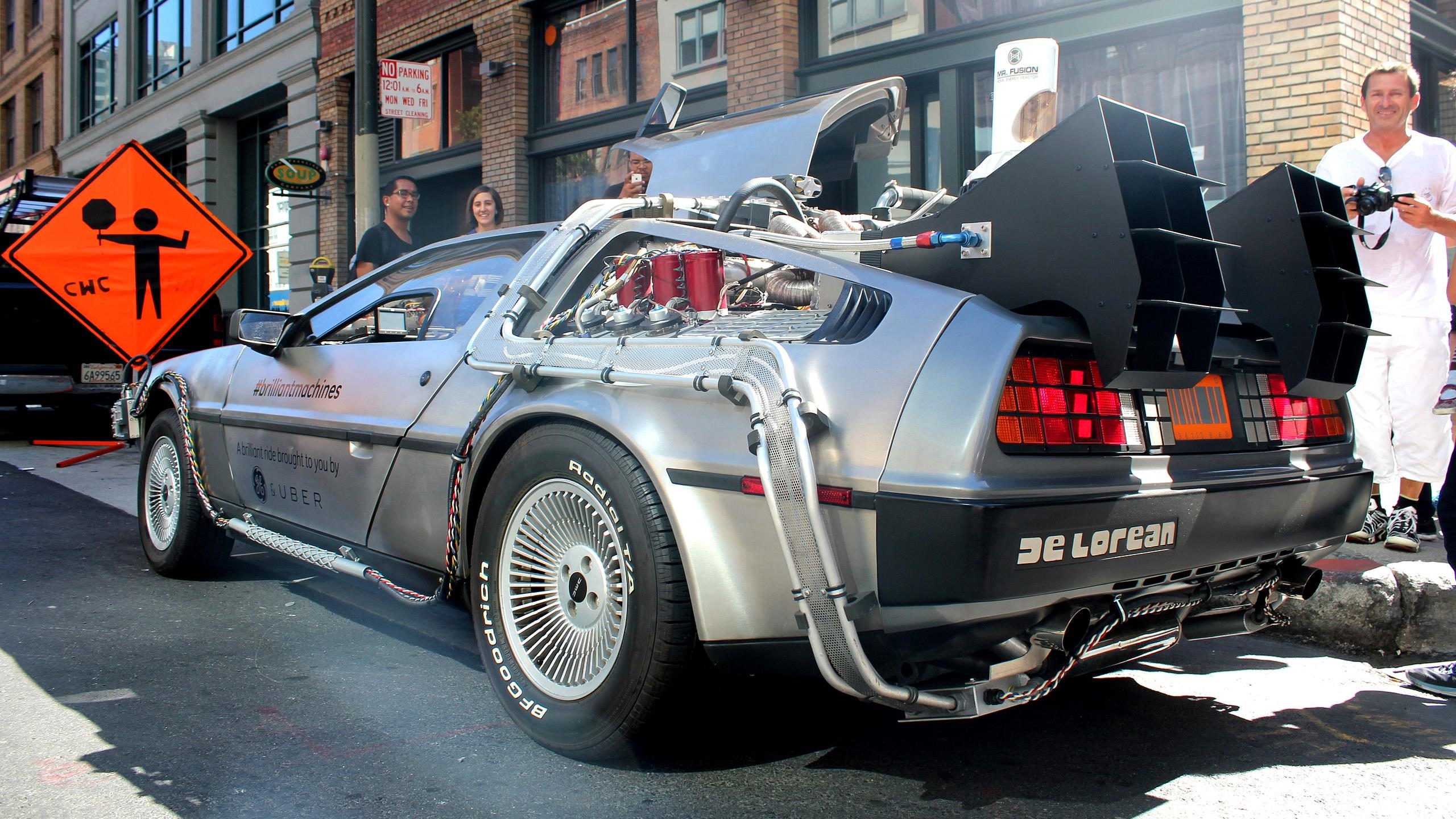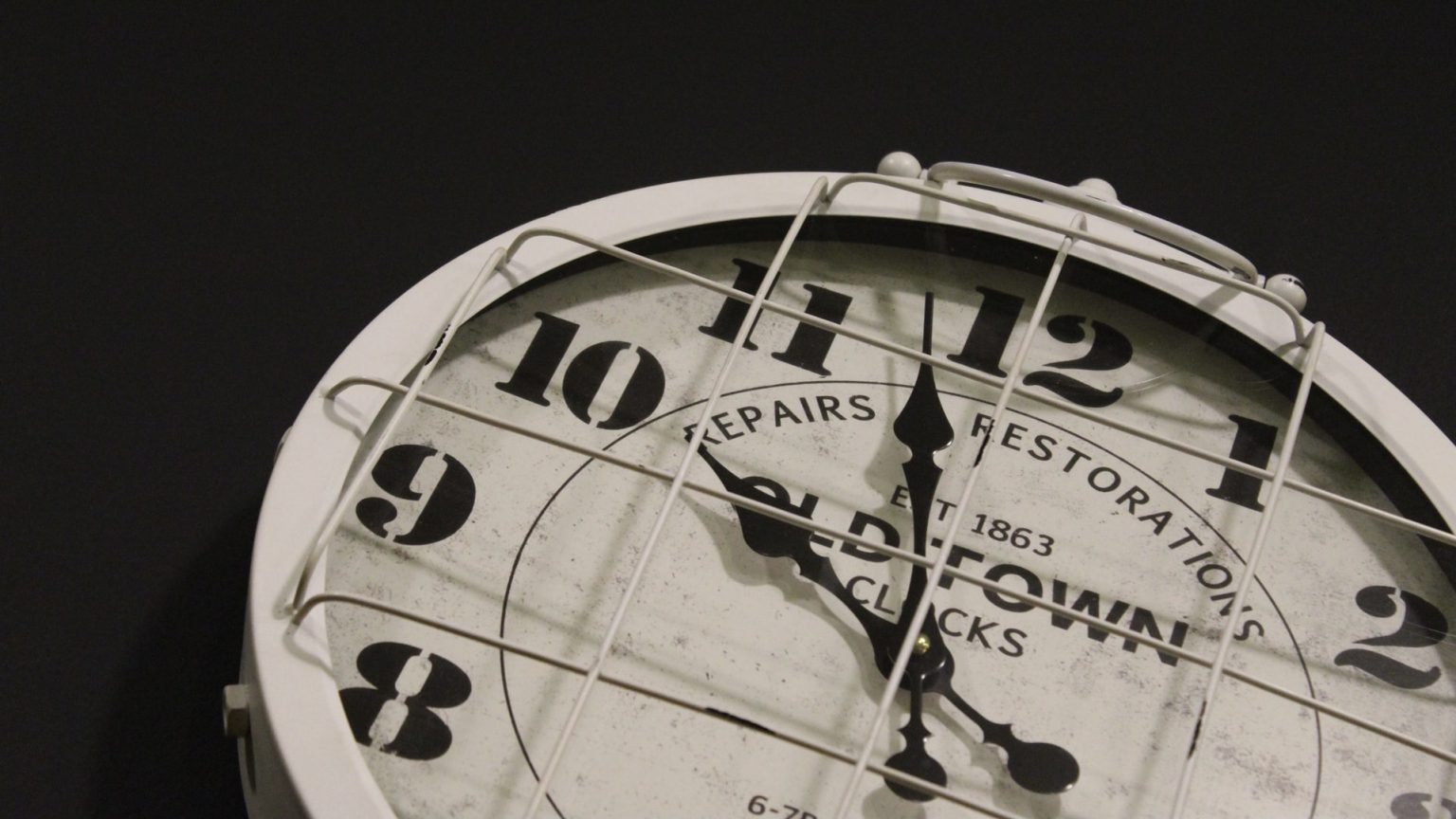Two Scientifically Plausible Conceptions of Time Travel and Their Bizarre Consequences

The time traveller of The Time Machine by HG Wells proclaims, “There are really four dimensions, three which we call the three planes of Space, and a fourth, Time.” Thus, the unnamed protagonist of the novella articulates a conception of time that continues to interest science-enthusiasts and fans of science fiction. Furthermore, in doing so, Wells anticipated one of the insights of Einstein’s special theory of relativity, namely time is measured differently for observers in different states of motion.
Since the novella’s publication, physicists and authors have both made progress in describing plausible conceptions of time travel. In Time Travel in Einstein’s Universe, Princeton astrophysicist John Richard Gott III describes scientific accounts of the possibility of time travel boiling down to two competing accounts: a radical one and a not-so-radical one, both of which have been vividly imagined in literature and film.
The first, radical hypothesis for how time travel might be possible posits the existence of multiple universes that agents can jump among. Gott likens conception of time to switching among train tracks. He writes,
Experiencing one world history, as we do, is like riding a train down a track from the past to the future. As passengers on the train, we see events go by like stations along the track—there goes the Roman Empire, there goes World War II, and look, people are landing on the Moon. But the universe might be like a giant switching yard, with many such railroad tracks interlaced. Next to our track is one on which World War II never happened. A train is constantly encountering switches at which it may take either of two lines. Before World War II, there may have been a day when Hitler could have been killed, diverting the train onto a track on which World War II did not occur.
This seemingly far-fetched conception of time travel is grounded in an insight from quantum mechanics: Heisenberg’s uncertainty principle states that an observer cannot determine a particle’s position and velocity with arbitrary accuracy. Gott describes how a controversial but not impossible extrapolation from this fact yields a vision of traveling across multiple universes:
This leads…to the many-world theory of quantum mechanics, which posits different parallel worlds where the particle is detected at those various places. Many physicists think this interpretation is an unnecessary addition to the theory, but a number of physicists working on the frontiers of our understanding of quantum theory do take this many-worlds interpretation and its refinements and extensions seriously.
If this addition to quantum theory is accurate, then many seemingly strange time travel narratives may well be possible. One example Gott cites is the 1980 Nebula-winning novel Timescape (1980), in which the protagonist sends a signal from an ecologically-ravaged world of 1998 to scientists in 1963 in the hopes that they will subvert the impending doom. The many-worlds theory of time travel not only renders this story plausible but also, as Gott observes, it suggests that among the many universes that would consequently exist, there is one that likely plays out in reality what the novel describes. Indeed, if this account is true and you believe it, then there’s probably another universe in which you do not.
The simpler and more conservative conception of the physical plausibility of time travel is grounded in self-consistency, according to which time travelers do not change anything in the past because they always were in the past. As Gott describes it,
If you witness a previous event, it must play out as before. Think of rewatching that classic movie Casablanca. You know how it’s going to turn out. No matter how many times you see it, Ingrid Bergman always gets on that plane. The time traveler’s view of a scene would be similar. She might know from studying history how it is going to turn out, but she would be unable to change it. If she went back in time and booked passage on the Titanic, she would not be able to convince the captain that the icebergs were dangerous. Why? Because we know already what happened, and it cannot be changed. If any time travelers were aboard, they certainly failed to get the captain to stop. And the names of those time travelers would have to be on the list of passengers you can read today.
Among the many films that renders such a self-consistent time travel narrative is Harry Potter and the Prisoner of Azkaban. The time travelling Harry and Hermione do not change anything when they travel back in time to save Buckbeak: they were there all along, and the film makes this clear by including noises of the time travellers during the first time the events play out in the movie.
Potentially disconcerting implications for freewill notwithstanding, the self-consistent approach to time travel is not without troubling paradoxes. Might there be things that, at no point in time, come into or out of existence? Igor Novikov called such particles jinn (based on the Arabic word for genie). One way to imagine this problem is to consider a time travelling plagiarist. Imagine you have read and memorized the complete works of Shakespeare. Then you go back in time to right before Shakespeare wrote them and publish them yourself. The can be self-consistent and plausible if you do it under Shakespeare’s own name. But then who actually wrote the works of Shakespeare? Not you because you copied him; not him because you went back in time and beat him to it. Novikov described such phenomena as causal loops.
Perhaps the boldest examination of a causal loop is Robert Heinlein’s short story “All You Zombies—,” which he wrote in one day and was later adapted into a film called Predestination. In the story, ever character turns out to be the same person, who, by means of time travel and a sex-change operation, turns out to be her/his own mother and father—all while remaining self-consistent. If time travel is permitted, could such a person exist? Heinlein gave voice to the possibility, however unlikely.
Thinking through time travel in physical terms renders it plausible, but closer examination competing conceptions of time travel leads to seemingly implausible consequences. While we ponder and explore these ideas, author James Gleick’s new book Time Travel provides a history of people have been doing it since HG Wells.





